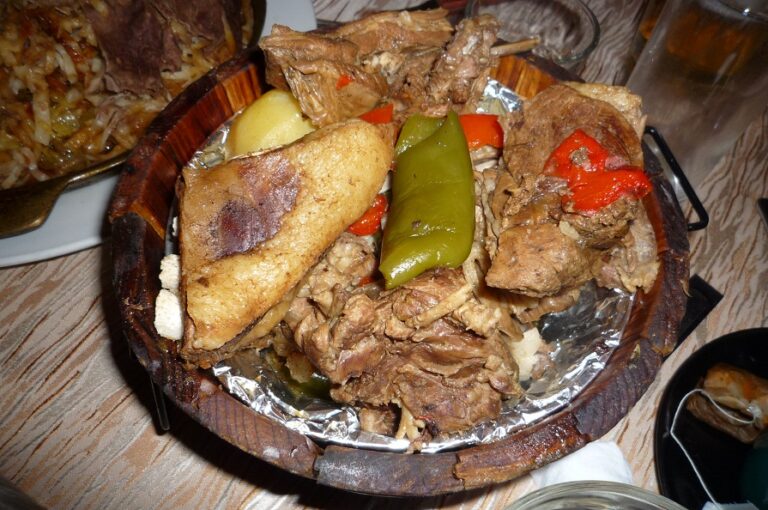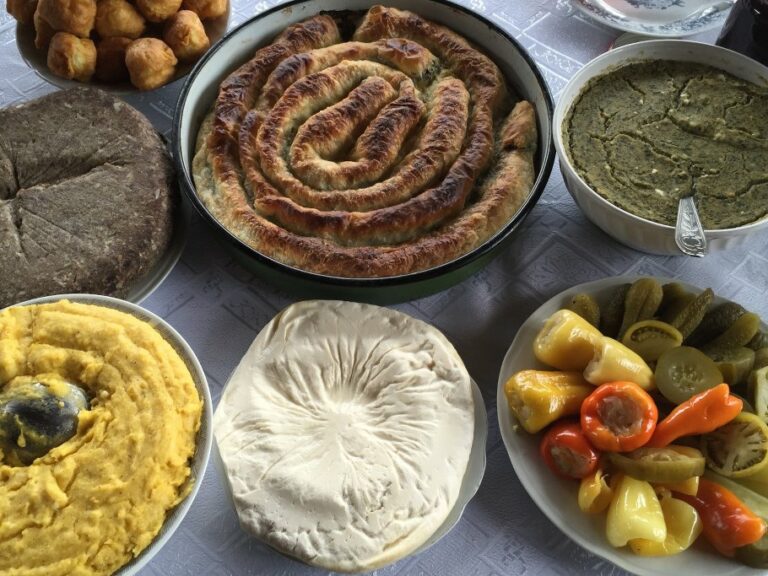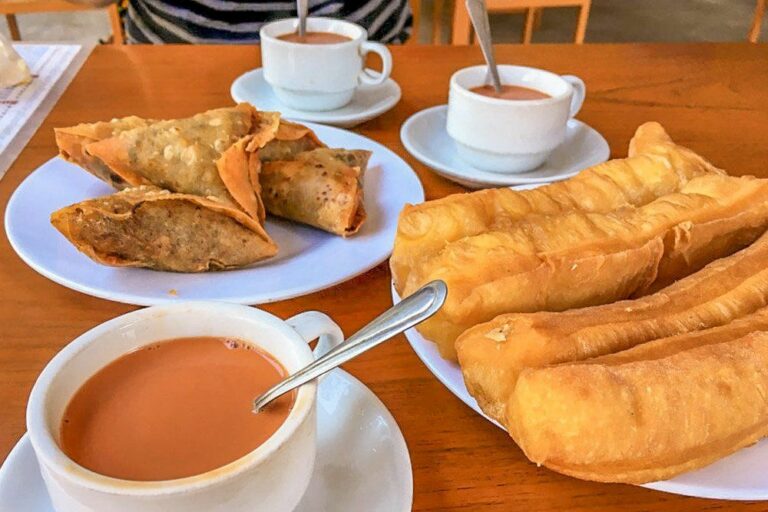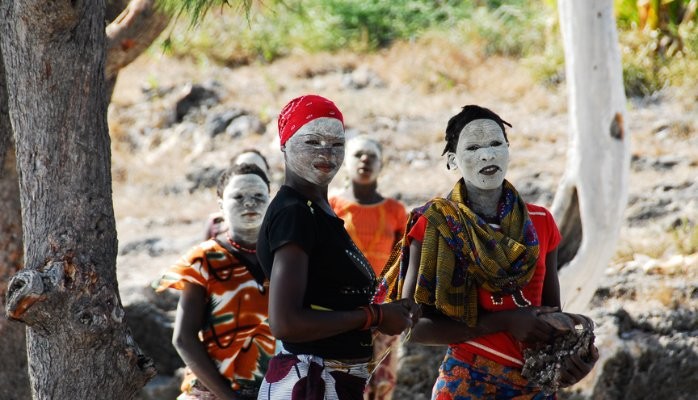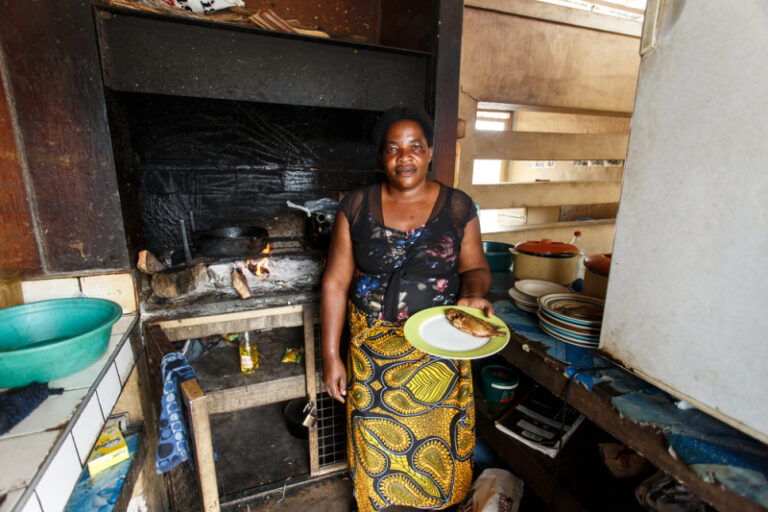Introduction: Mongolian Cuisine Overview
Mongolian cuisine is a unique and fascinating part of the country’s culture that has evolved from a nomadic way of life. The cuisine is heavily based on meat dishes, dairy products, flour-based dishes, and beverages that are made from fermented mare’s milk. Mongolian dishes are often cooked in a simple style, using traditional cooking methods such as boiling, stewing, and grilling over open flames.
Meat Dishes: Boodog, Khuushuur, and Bansh
Mongolian meat dishes are famous for their delicious flavor and unique cooking techniques. Boodog is a traditional dish that involves cooking a whole goat or sheep by stuffing it with hot stones and heating it over an open fire. Khuushuur, on the other hand, is a fried pastry that is filled with minced meat and onions. It is considered a staple food in Mongolian households. Bansh is another meat dish that is made by boiling or steaming meat dumplings and serving them with a spicy sauce.
Dairy Products: Aaruul and Suutei Tsai
Mongolian dairy products are renowned for their unique taste and texture. Aaruul is a dried curd made from yogurt or sour milk. It is often eaten as a snack or used as a flavoring in other dishes. Suutei Tsai is a traditional Mongolian milk tea that is made by boiling tea leaves with milk and salt. It is a popular beverage that is often served with meals.
Flour-based Dishes: Tsuivan and Khorkhog
Flour-based dishes are also an essential part of Mongolian cuisine. Tsuivan is a noodle dish that is made by frying noodles with meat and vegetables. It is often served as a main course. Khorkhog is a dish that involves cooking meat (usually lamb) with hot stones in a covered pot. The stones cook the meat slowly and give it a unique flavor.
Beverages: Airag and Arkhi
Mongolian beverages are often fermented and are an essential part of the country’s culture. Airag is a traditional drink made by fermenting mare’s milk. It is often served with meals and is believed to have medicinal properties. Arkhi is a strong alcoholic drink that is made by distilling fermented milk.
Desserts: Boortsog and Tseg
Mongolian desserts are simple but delicious. Boortsog is a sweet, fried dough that is often served with tea. It is a popular snack that is often eaten during festivals. Tseg is a type of candy that is made by boiling milk and sugar together until it becomes hard. It is often flavored with vanilla or other spices.
In conclusion, Mongolian cuisine is a unique and fascinating part of the country’s culture. From meat dishes to dairy products, flour-based dishes, beverages, and desserts, Mongolian cuisine has something to offer for everyone. So, the next time you visit Mongolia, make sure to try some of these unique traditional dishes and experience the rich and diverse flavors of Mongolian cuisine.

